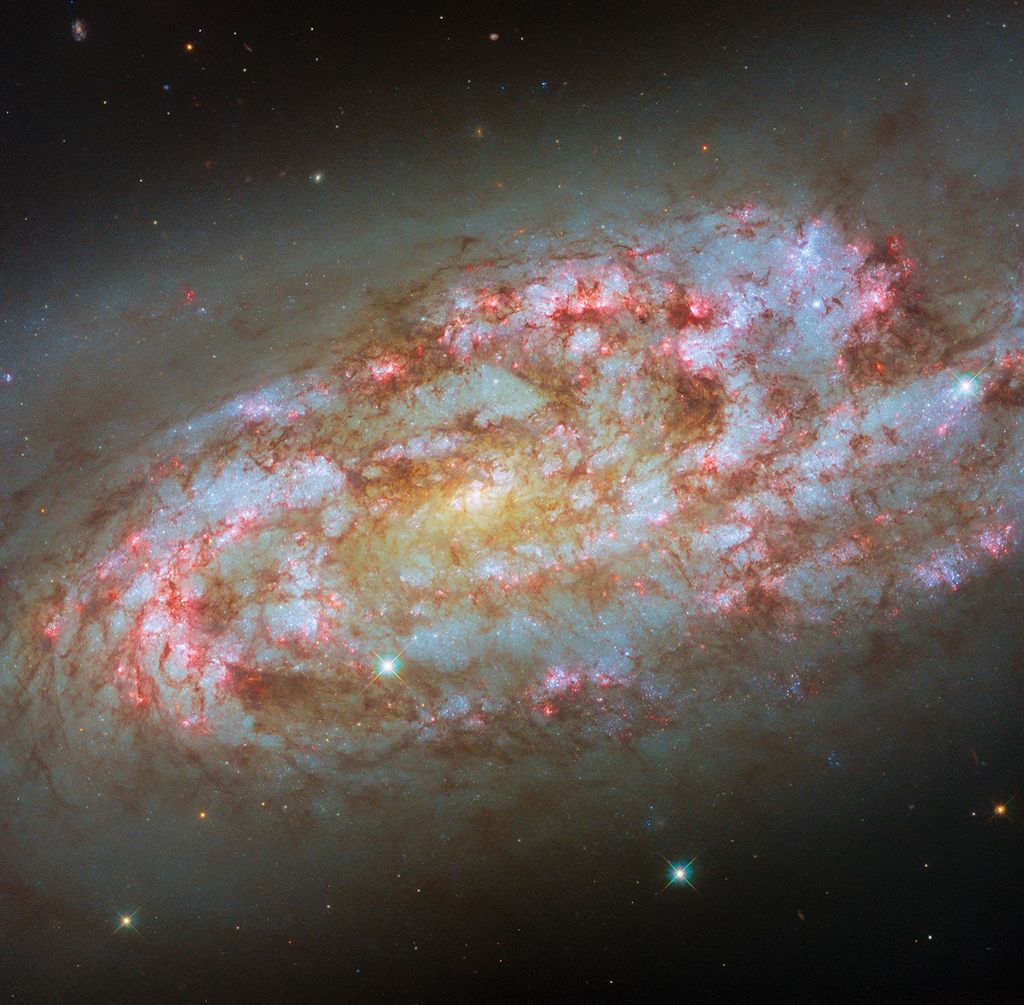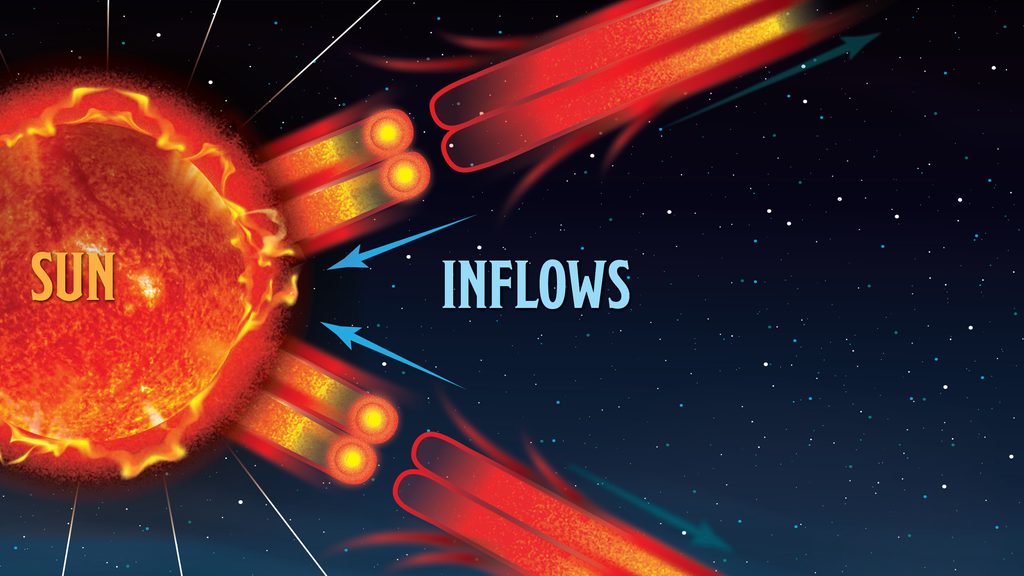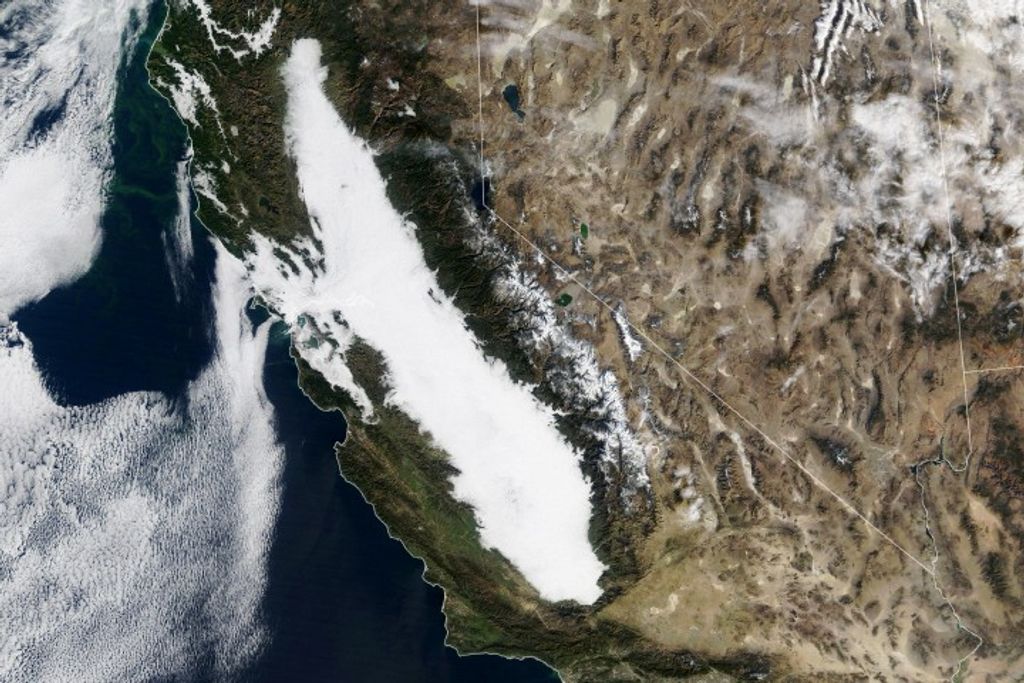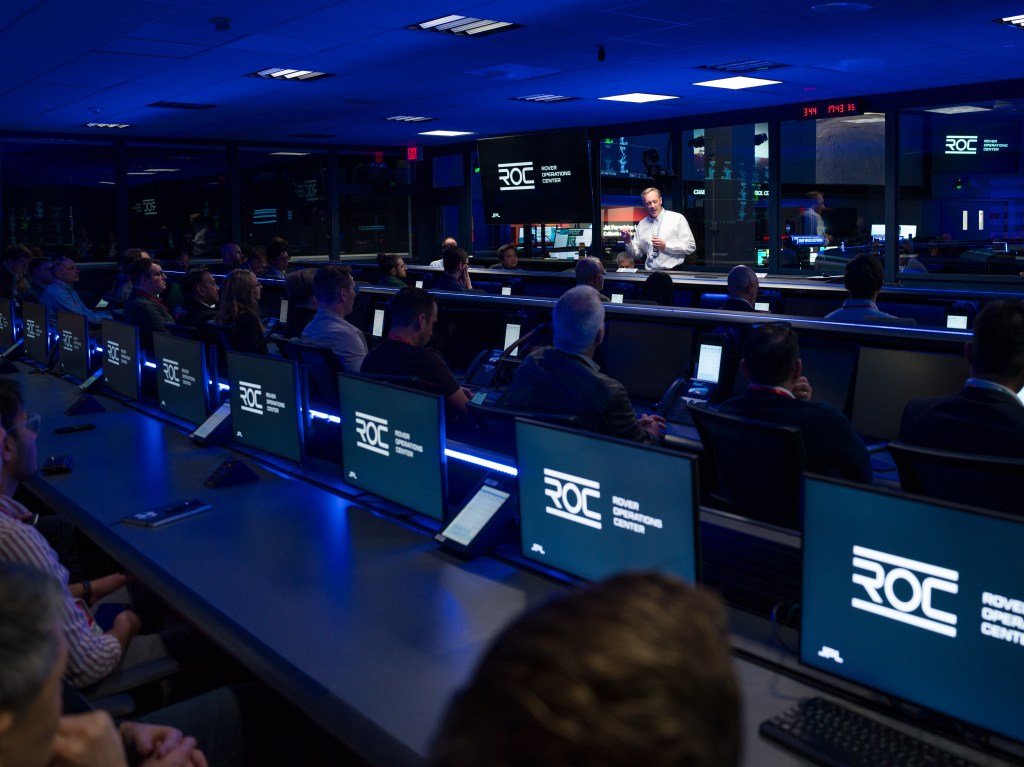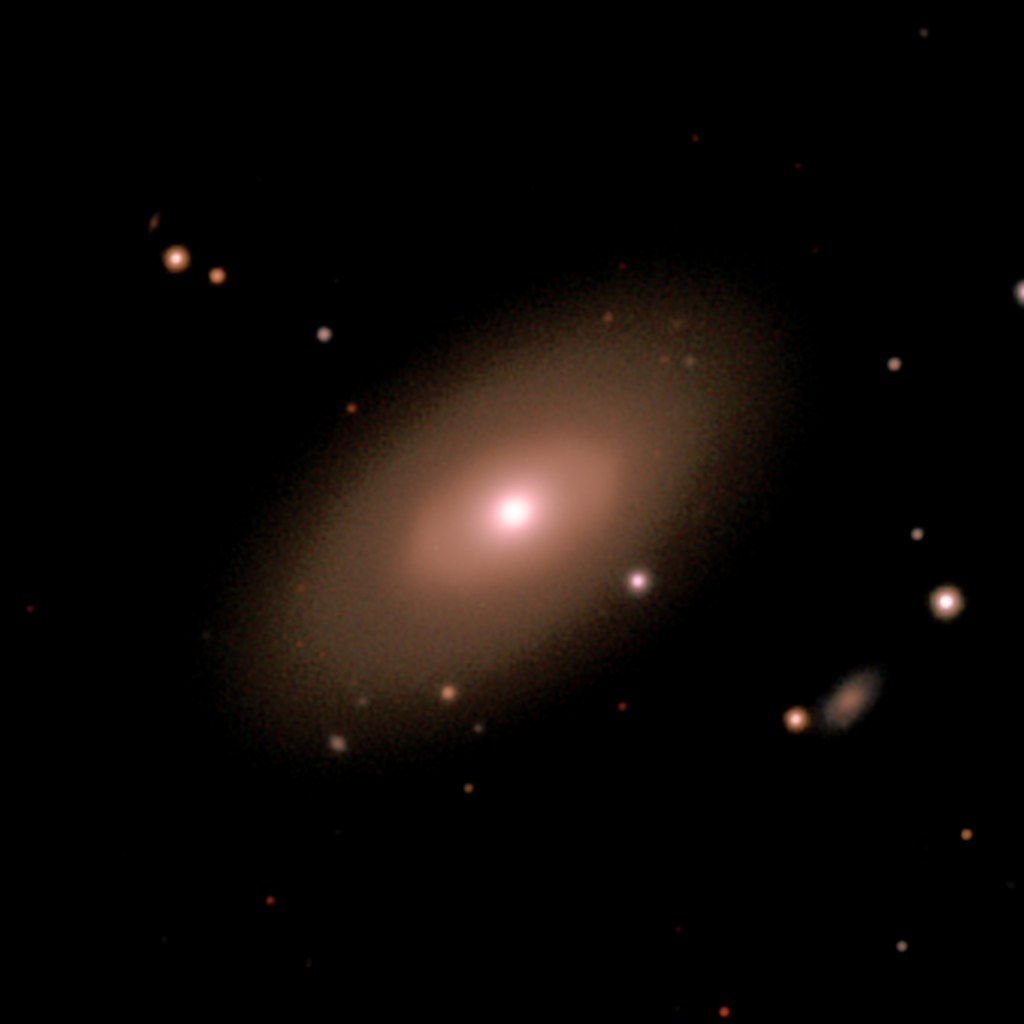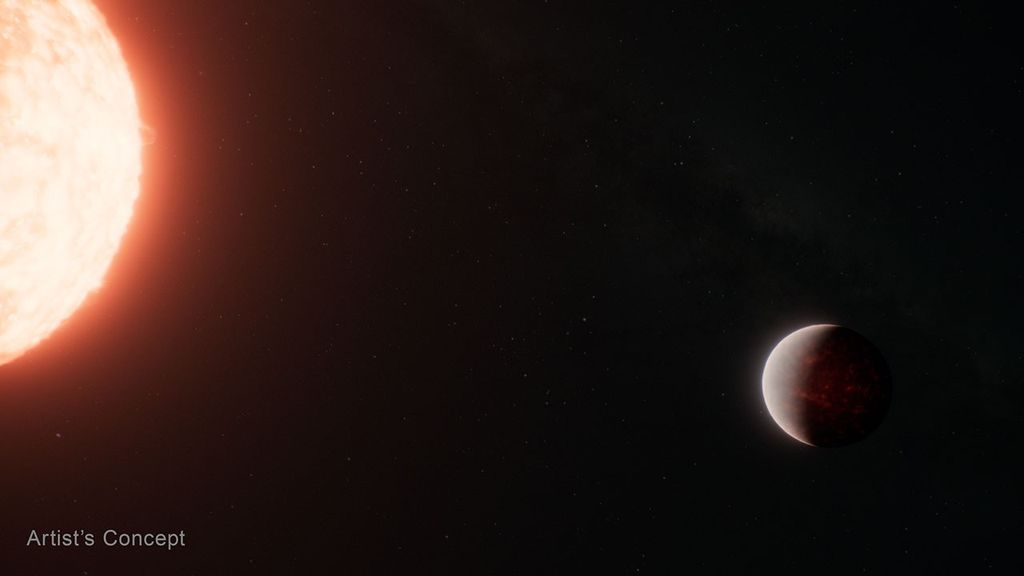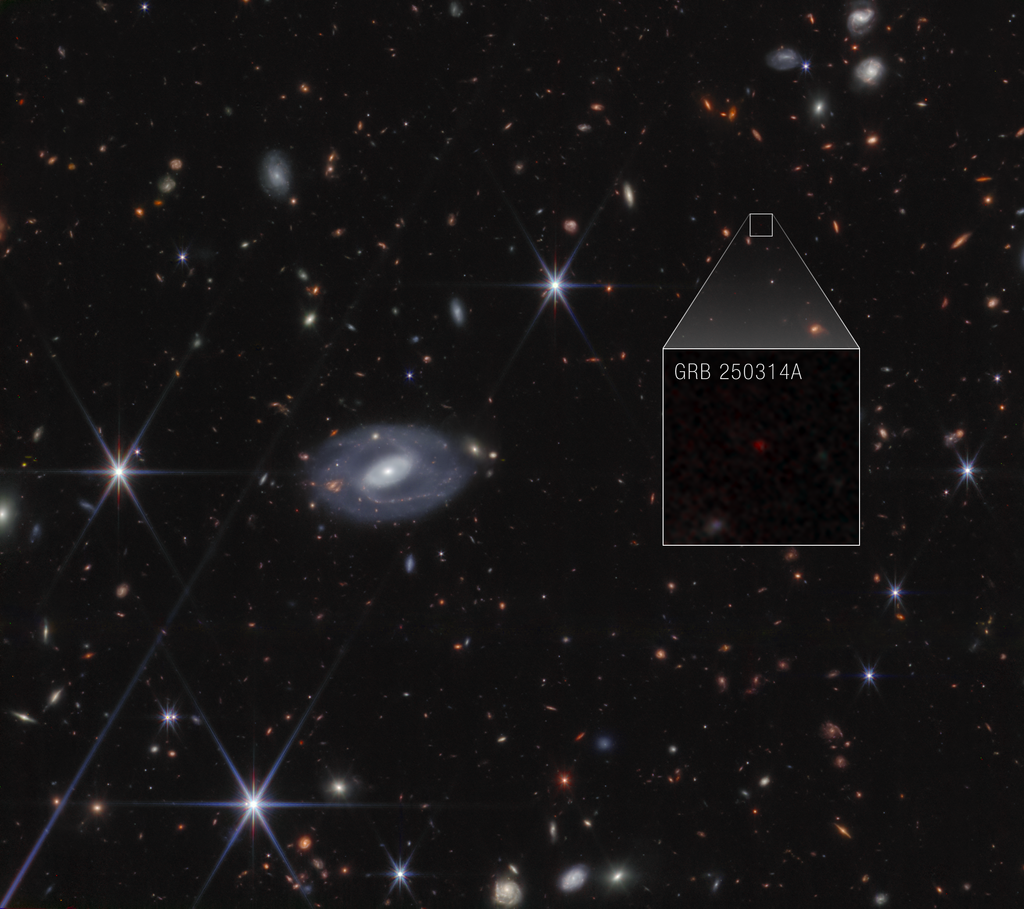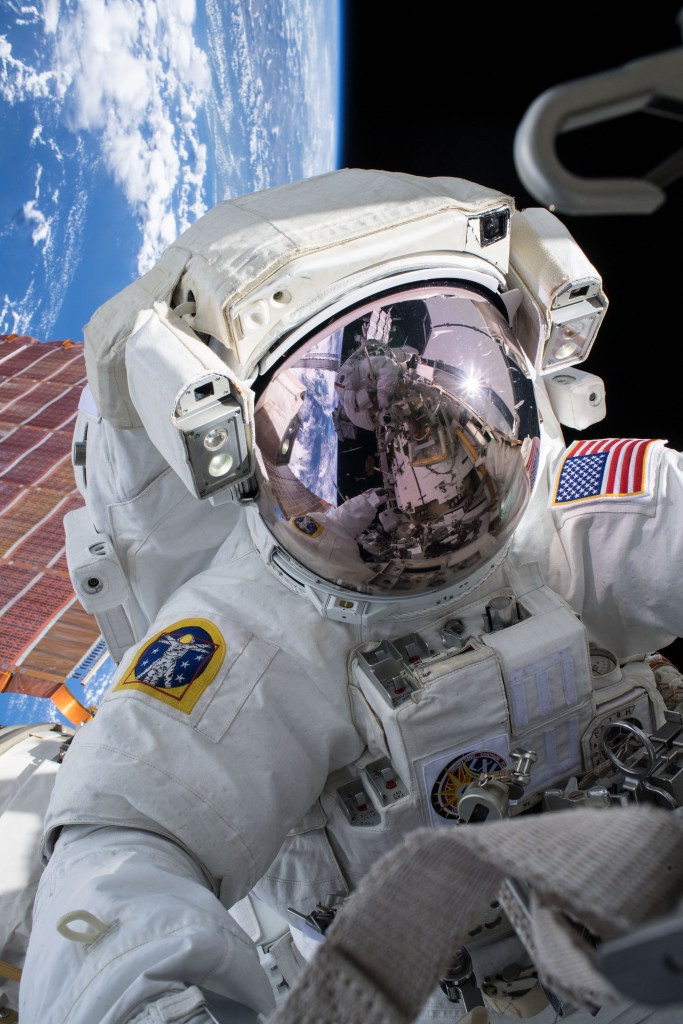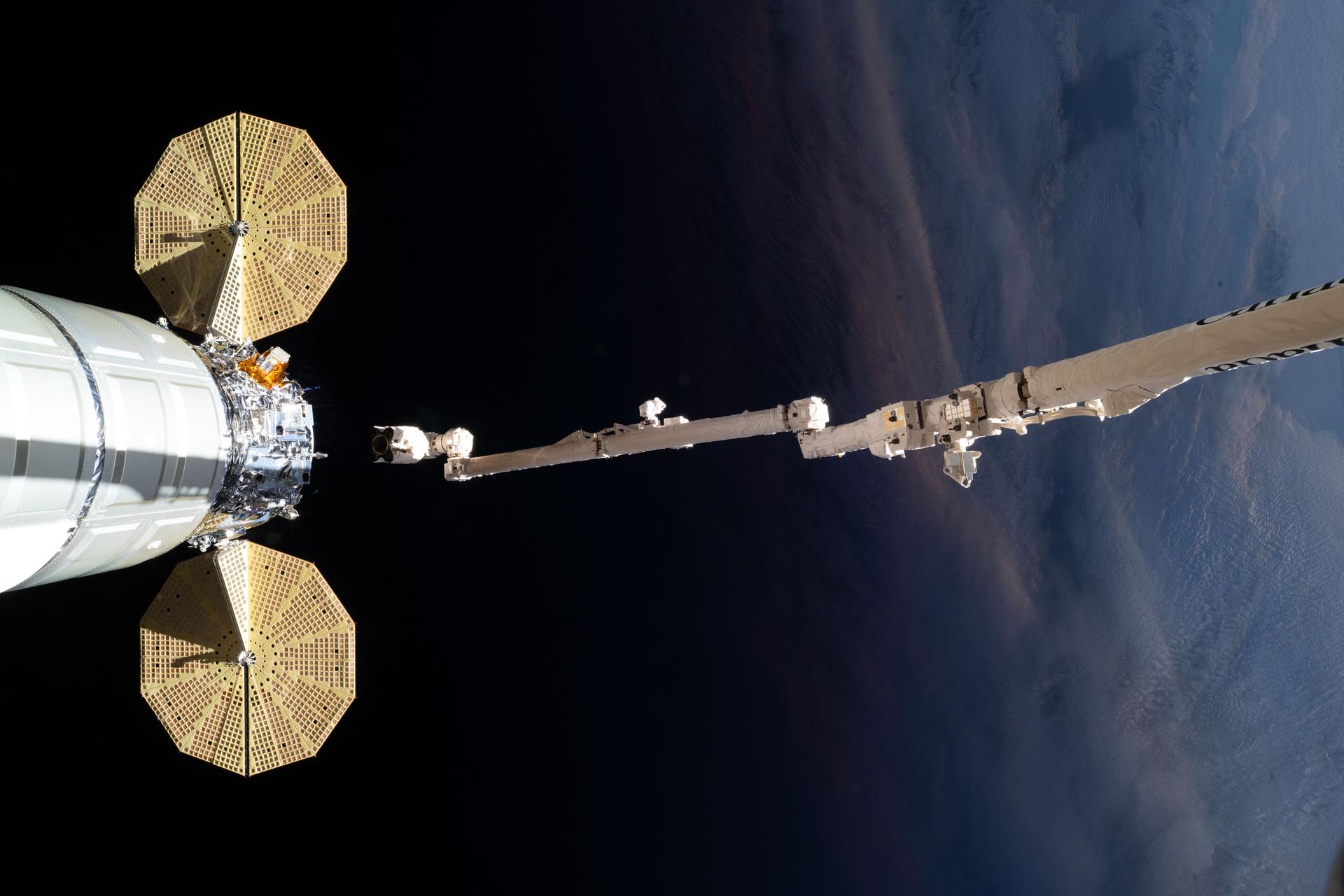Week Wraps with Fluid Physics, Stem Cell Research as New Crew Preps Begin
Expedition 73 wrapped up the work week continuing to study fluid physics and stem cells, preparing for next week’s new crew arrival, and unpacking a U.S. cargo spacecraft. The International Space Station residents also serviced exercise gear, performed life support system troubleshooting, and analyzed the orbital outpost’s microbial environment.
NASA Flight Engineer Zena Cardman primarily spent her day on research first starting in the Destiny laboratory module and installing fluid samples inside a fluorescence microscope. Scientists on the ground will image the samples to observe how particles behave inside fluids. Results may inform commercial in-space manufacturing techniques and improve optical materials and pollution removal operations. Cardman then moved to the Kibo laboratory module and processed stem cells samples inside the Life Science Glovebox. Afterward, she stowed the samples in a portable science freezer for preservation and return to Earth for analysis. Scientists are exploring how microgravity affects the stem cells programmed to change into heart and brain cells that may lead to advanced treatments for cardiac and neurological disorders.
Cardman also assisted Flight Engineers Mike Fincke of NASA and Kimiya Yui of JAXA (Japan Aerospace Exploration Agency) as they continued transferring new science and supplies from inside the Northrop Grumman’s Cygnus XL cargo spacecraft. Cygnus XL arrived on Sept. 18 delivering over 11,000 pounds of cargo resupplying the orbital residents.
Northrop Grumman’s Cygnus XL cargo spacecraft, supporting the company’s 23rd commercial resupply mission to the International Space Station for NASA, will be uninstalled from the Earth-facing port of the space station’s Unity module on Monday, Nov. 24. The cargo spacecraft will remain attached to the station’s Canadarm2 robotic arm until Monday, Dec. 1, clearing the way for the arrival of the crewed Roscosmos Soyuz MS-28 spacecraft on Thursday, Nov. 27.
NASA, Northrop Grumman, and Roscosmos coordinated the spacecraft’s movement to prevent any unnecessary structural loads from being imparted on Cygnus XL and its solar arrays when the Soyuz spacecraft docks to the Rassvet module, which is the adjacent docking port. The maneuver will be conducted by the robotics officer in Mission Control Center at NASA’s Johnson Space Center in Houston, while agency astronauts Jonny Kim and Zena Cardman monitor from inside the orbital complex.
Cygnus XL will be reattached to the space station Dec. 1, and will remain there until no earlier than March 2026, when it is scheduled to depart and dispose of several thousand pounds of trash during its destructive re-entry into Earth’s atmosphere.
Fincke then used a computer to test the performance of a pressure management device, gear that saves station air during visiting vehicle pressurization activities, inside the Unity module. Yui also assisted NASA Flight Engineer Jonny Kim in the Tranquility module correctly positioning and centering the COLBERT treadmill, tightening its bolts, and activating the exercise device for operations. Kim then drained recycle tanks and configured emergency breathing masks. Yui swapped batteries inside a wireless environmental monitor then joined Kim again at the end of their shift servicing a vacuum cleaner.
Roscosmos cosmonaut and station Commander Sergey Ryzhikov began preparing for next week’s arrival of three new crew members aboard the Soyuz MS-28 crew spacecraft. Flight Engineer Alexey Zubritsky joined him rearranging cargo and making space inside the Rassvet module. The Soyuz MS-28 will dock to Rassvet on Nov. 27 carrying NASA astronaut Chris Williams and Roscosmos cosmonauts Sergey Mikaev and Sergey Kud-Sverchkov. Ryzhikov also began packing cargo inside the Soyuz MS-27 spacecraft that will return him, Zubritsky, and Kim to Earth in early December. Zubritsky collected microbe samples swabbed from inside the station’s Roscosmos segment for analysis to protect crew health.
Roscosmos Flight Engineer Oleg Platonov focused on maintenance at the end of the week beginning his shift replacing components on the Zvezda service module’s toilet. Next, Platonov inspected the Zarya module to identify workspace before completing his shift working on the Nauka science module’s ventilation system.
Learn more about station activities by following the space station blog, @space_station on X, as well as the ISS Facebook and ISS Instagram accounts.
Get the latest from NASA delivered every week. Subscribe here.




